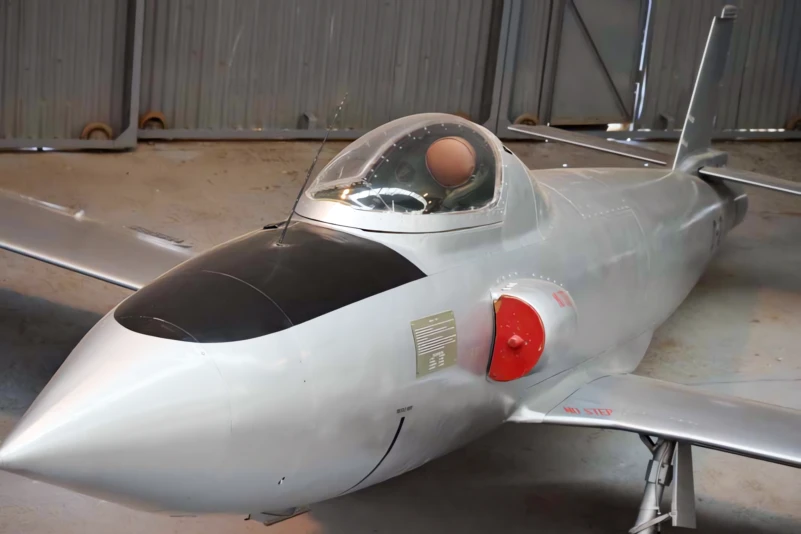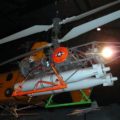
GAF Pika | |
|---|---|
| Země | Austrálie |
| Roli | Cílový dron |
| První let | 28. srpna 1952 |
| Postaven | 517 |
Tá GAF Jindivik je rádiem řízený terčový dron vyráběný australskými vládními leteckými továrnami (GAF). Název pochází z aboridžinského australského slova, které znamená "štvaný". Dva ručně ovládané prototypy, byly postaveny jako GAF Pika (Projekt jako proof of concept pro testování aerodynamiky, motoru a rádiového ovládání, sériové označení A92-1/2, 'B-1/2'. Rádiem řízený Jindivik byl zpočátku označen jako Projekt B a dostával seriály v sérii A93. Pika je australské slovo z Aboridžince, které znamená letec
Zdroj: GAF Pika na Wikipedii
| GAF Pika | |
|---|---|
| Fotograf | Vladimir Jakubov |
| Lokalizace | Muzeum RAAF, Point Cook |
| Fotografie | 47 |
Viz také:
Tá GAF Pika was a piloted prototype of a radio-controlled target drone that was developed by the Australian Government Aircraft Factories (GAF) in the early 1950s. The Pika was used to test the aerodynamics, engine and radio control systems of the drone, which was later named Jindivik, an Aboriginal word meaning “the hunted one”. The Pika was powered by an Armstrong Siddeley Adder turbojet engine, which had a thrust of 500 kgf. The Pika had a wingspan of 5.79 m, a length of 7.49 m and a height of 1.92 m. It had a maximum speed of 756 km/h and a service ceiling of 9,754 m.
Two Pika prototypes were built and flown from Woomera airfield in South Australia. The first one, A93-1, made its maiden flight on 4 November 1950 and was destroyed in an accident in April 1951. The second one, A93-2, flew for the first time in April 1951 and had a longer nose and exhaust cone than the first one. It is currently preserved at the Muzeum RAAF at Point Cook, Victoria.
Počet zobrazení: 1190






